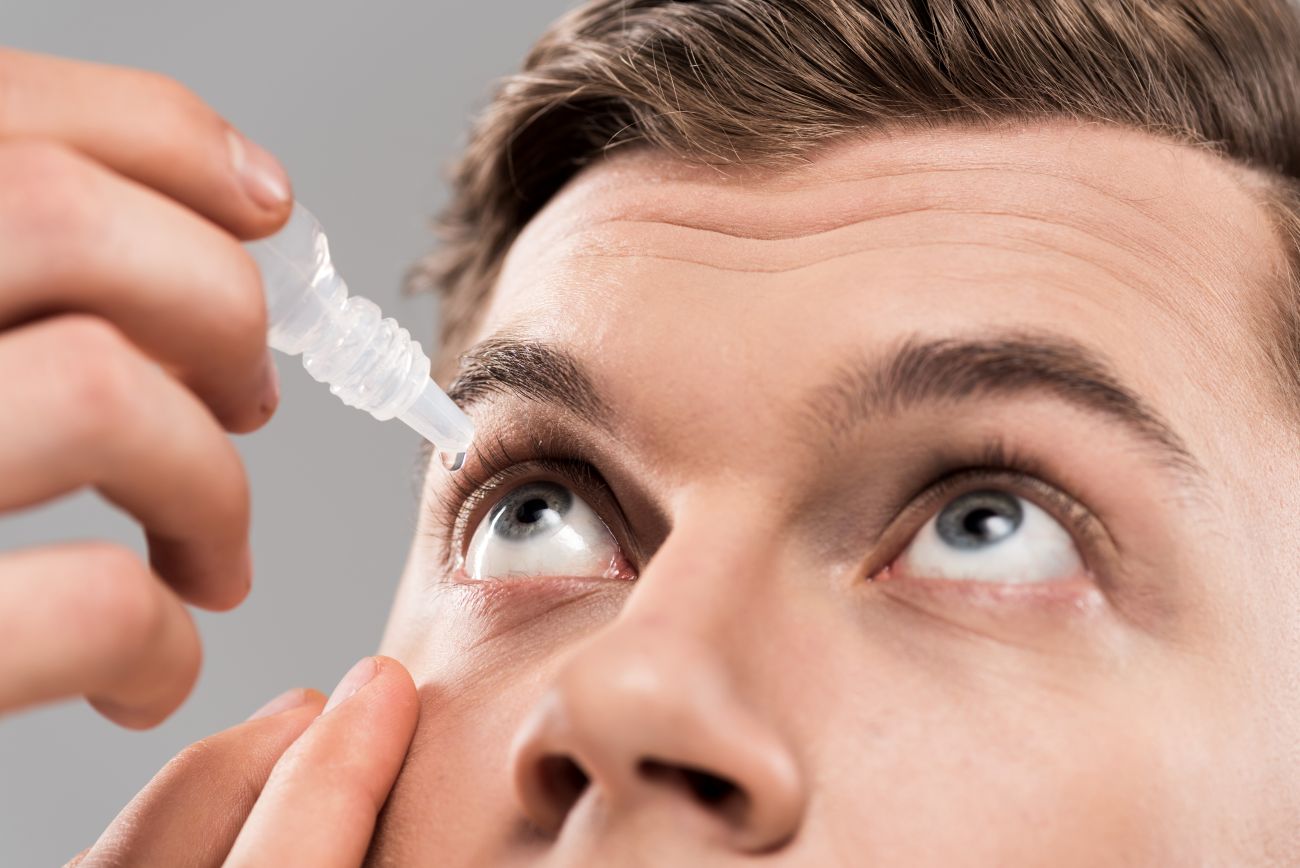There are a variety of antihistamine eye drop medications used to treat allergies and adverse effects of histamines, chemicals released from the body, triggering an allergic response. For those with histamine reactions, antihistamine eye drop medications may help reduce symptoms like itchy and watery eyes. The eye drops work by blocking the chemical that is released after coming into contact with allergy triggers.
While these antihistamine medications can resolve symptoms temporarily and quickly, the relief experienced may only last a few hours at a time. You may experience side effects like dry eyes. Your doctor may advise you to apply the drops multiple times each day.
If you feel antihistamine eye drop medications may be right for you, talk to your doctor to determine which ingredients to consider. Your provider may inform you of which ingredients to look for and avoid, depending on your sensitivities. For more information on choosing antihistamine eye drops based on ingredients, read on.
Antihistamine Eye Drops That Target Symptoms
Look for antihistamine eye drops that address the main symptoms you’re experiencing. Products that contain ingredients for allergy relief vs. those that cater to itching relief may be a starting point. Once you have discovered which products address the symptoms you’re experiencing most significantly, you can move on to noting other factors for which drops to consider.
Consider preservative-free eye drops if you know you’ll be using your eye drops frequently or if you have partially sensitive eyes. Likewise, if your eyes run dry, ingredients like glycerin and hyaluronic acid may be worth prioritizing for their moisture-adding qualities. If you are concerned about experiencing a rebound effect, keep in mind that first-generation antihistamine products can result in this as well as dryness and other side effects.
Primary Ingredients To Include
Prioritize antihistamine eye drops with ingredients that offer dual-action properties. For example, the ingredient ketotifen offers antihistamine actions as well as cell stabilization. What this means is that you can expense relief right away, as well as preventative effects that offset allergy flares in the future.
If you’re primarily dealing with itchy eyes, consider products with ketorolac. Antihistamines with this ingredient are effective at stopping itchiness, as its main function is blocking itch signals. If your eyes run dry, look into glycerin and sodium hyaluronate. These humectants add moisture and lubricate the eyes.
Avoiding Ingredients Causing Rebound Effects And Dryness
Rebound effects are most likely to come into play with antihistamine eye drops containing ingredients like vasoconstrictors. This may increase redness after initially reducing it, as well as cause irritation with excess use. Older antihistamine ingredients can worsen symptoms, and cause dry eyes and drowsiness.
Ingredients Tailored To Your Eye Health
Talk to your doctor to determine the best antihistamine drops for your histamine reactions. Whether OTC or prescribed, you can find an effective antihistamine medication eye drop based on the ingredients that work best for you. Find relief and prevent future flares by using antihistamine eye drops with ingredients tailored to your eye health needs.





